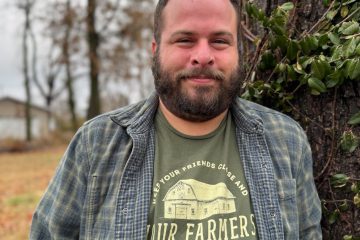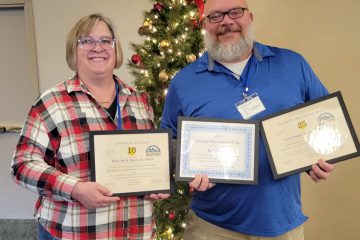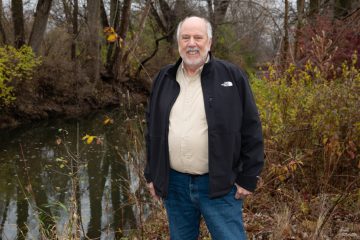There are many different “definitions” of the word conservation. Webster’s dictionary is “a careful preservation and protection of something, especially planned management of a natural resource, to prevent exploitation, destruction, or neglect. Another definition from Wikipedia is “the preservation or efficient use of resources, or the conservation of various quantities under physical laws.”
Let’s look at some of the words in the latter part of the Webster’s definition. To prevent exploitation, which is to use something for one’s own benefit. To me, this goes back to regardless of whose name is on the plat book or deed, we never really “own the land” but are caretakers for future generations. If we truly want to conserve the land, we need to properly care for the land, weather it is owned or rented, to make sure it is useful not only for our generation, but generations to come.
The next words, to prevent destruction – this can include many aspects of the land. Soil structure is one of the obvious “negative” forces that can cause destruction to the land. Excess tillage, working the ground when it is too wet, or harvesting during wet soil conditions, can cause soil compaction and thus soil destruction. Other forms of destruction can include the destroying wildlife habitat, wildlife corridors, etc., not fully appreciating how they all tie back together regarding the true meaning of conservation. Are there areas that are not that productive? Is there a better use for those areas? There are many options available such as pollinator plantings, prairie strips, buffer strips and wetland restoration practices. This falls back on the motto of “farm the best, buffer the rest.”
And finally, the last word, neglect. The best analogy I have for that is soil health. This includes fertility – are we maintaining optimum fertility levels for the crops being grown, including micro-nutrients? Are we maintaining an optimum pH level? This can be challenging for “rented” land and short-term leased land, but it is central to the true meaning of the true conservation of our land and maintaining the soil productivity for years to come. Other aspects of soil health outside of fertility include biological soil health, perhaps using cover crops to extend what is growing in the soil, improving or enhancing the biological activity in the soil, and improving the tilth and productivity of the land.
So these are some of my takes on Webster’s definition of Conservation. What’s yours? There are many programs and resources available at the state and federal level that can help you accomplish what your “definition” of what conservation means to you. They include the CSP program with its incentive payments; the EQIP program for planning or implementation of projects; the CRP program for pollinator, wetland and other buffer habitat options; or the CPP practice implementation program.
I’ll finish with this quote taken from from author and environmentalist Aldo Leopold’s Sand County Almanac, which still rings true today – “we abuse land because we regard it as a commodity belonging to us. When we see land as a community to which we belong, we may begin to use it with love and respect.”
By Dennis Anthony
Executive Director, Winnebago County SWCD


